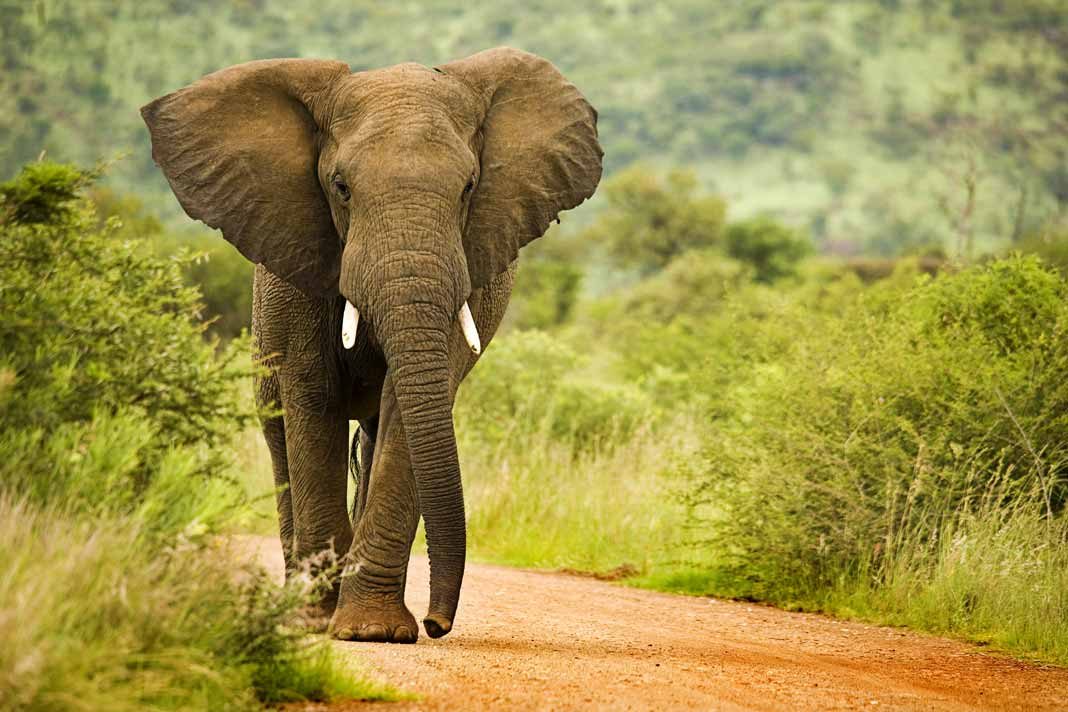Seeing elephants should be on every traveler’s bucket list – they’re amazing to interact with, peaceful and magnificent. If you have never been up close to one, their presence will put you in your place. Few animals trigger such awe. When you look into their eyes, you can tell they’re intelligent. Even if they sway, which is a bad sign, they barely ever appear violent. Yet you know that if they wanted to, they could easily turn you into a blot on the ground. Elephant riding is the ultimate experience to some.
Table of Contents
The Truth About Elephant Riding
There are a few things you should consider before you can make a judged call about doing so. I do not want to demonize the elephant tourism industry, or turn the blind side. Here are the need to know facts about elephant riding.
1. Why Is Elephant Tourism Important?
Feeding and nurturing an elephant is expensive, and their mahout (elephant trainer or carer) has to eat and sleep, too. Since the Thai government shut down the elephant logging industry, it is difficult for them to support themselves and their animals. There are few other choices than to enter the tourism sector. 4,000 captive elephants need care, and if you make a well-judged call, you can help feed them.
Wild elephants can care for themselves, but animals that grew up in captivity can not survive on their own. That’s why many mahouts and elephants rely on tourist support.

2. How Are Elephants Broken In?
As with any other animal, elephants can be trained with positive and negative reinforcement. When you’re around a full-grown one of these creatures, it’s hard to know how they have been broken in. You can not be sure even if they have no apparent scars. But the truth is that, usually, to make such a large creature follow their commands, they will go through “phajaan”. This means taking the baby away from their parents way too early, making it stand in a pit where it can’t move and hitting it with sharp hooks. The baby can not sleep or lay down for days. Even if you choose the healthiest and happiest elephant for riding, the chances are that they’ve been broken in that way.
3. Is Elephant Riding Unhealthy For The Animal?
While an elephant’s back isn’t made to carry loads, it can still support about 150kg. If the elephant isn’t wearing a saddle and doesn’t carry more than one or two people at once, the elephant should usually be fine. But beware that they can not carry loads for long hours! The tours should be short, and the elephant shouldn’t be working the entire day. If you can spot sores where the ropes are, you can be sure that the elephant isn’t in good condition. Overworking the elephant is just as bad as letting him carry too heavy of a load.
4. How Are Elephants Kept Under Control?
Elephants don’t forget their abuse. That is why usually the mahout will carry a bull hook. While you should under no circumstance see him hit the elephant with it, it is generally carried to ensure your safety in sketchy situations. Is that okay? You have to decide for yourself. Don’t let them fool you, though. It is easy for the guide to use the hook without you noticing. Often you’ll only see a bamboo stick, without ever realizing it has a needle worked into the tip. You might get told that it doesn’t hurt the elephant, but honestly, of course, it hurts to be stabbed with a needle. And just having it around can scare the elephant enough to obey.

5. Is Elephant Riding Worth It?
I recently went elephant riding around Chiang Mai, Thailand, and it raised a lot of questions. The carers treated the elephants very well. We specifically chose a camp that was known for treating the elephants right. But it wasn’t so much riding them as just being in their presence that made the experience so unique. Would I do it again with the knowledge I have now? No, I would feed and play with them, maybe trek and bathe them. That is what I would recommend to anyone who has dreamed of riding them. Just looking into their intelligent eyes is enough to create a lifelong memory. In case you still want to go, though, you should be aware of the above facts and make a well-informed call. Some camps treat their animals properly and love them very much, but not all of them work that way.
Where Should You Go For An Ethical Elephant Experience
Some fantastic elephant camps in Asia have dedicated themselves to responsible elephant tourism. There you can find healthy and well cared for animals and spend time with them.
If you are in Thailand, where elephant riding is very prominent, check out Boon Lott’s Elephant Sanctuary in Sukhothai or Elephant Nature Park in Chiang Mai area. Both of these offer walking tours, full days or volunteering experiences.
In case you’re somewhere else in Asia, try the Elephant Village that saves elephants from the logging industry in Laos, the Mondulkiri Project in Cambodia or Green Hill Valley in Myanmar.
There’s also the option to ride African elephants, but this is a recent development. There is no necessity for elephant tourism, and I’d highly advise against supporting it. There’s still the option to stop it before it grows any further, as breaking these animals in is just as cruel as “phajaan” in Asia.
Alright, now you know the basic facts about the complex elephant situation! Have you ever been close to an elephant? Let us know in the comments!




